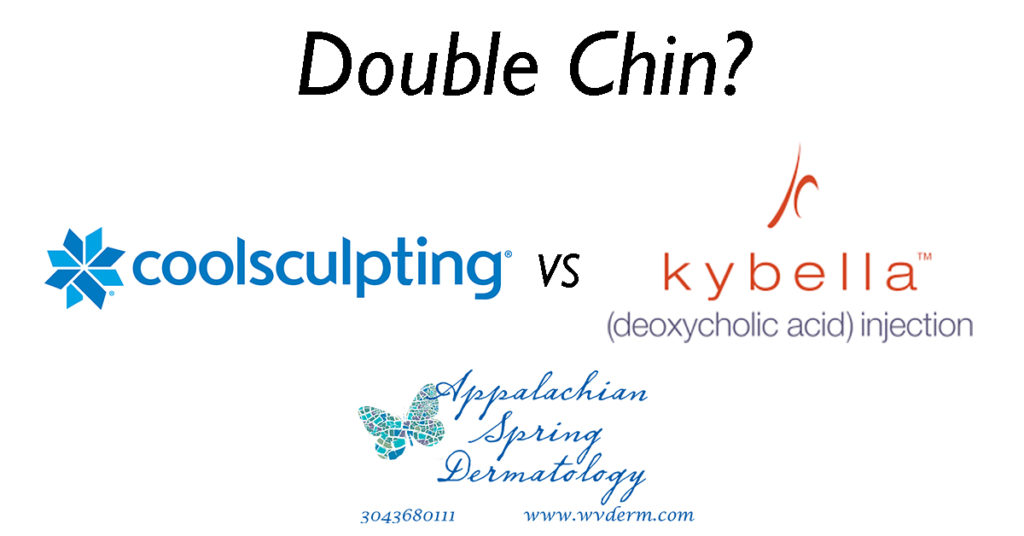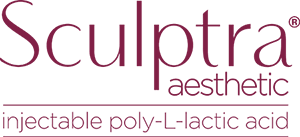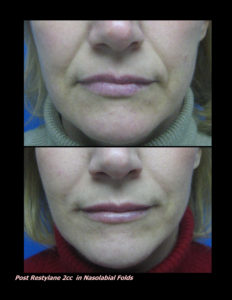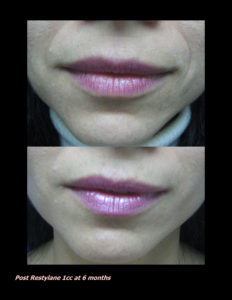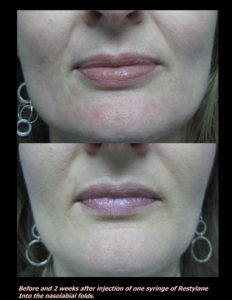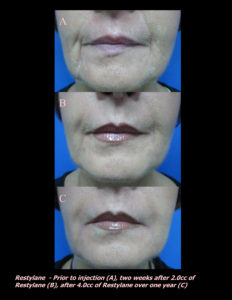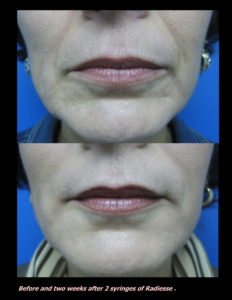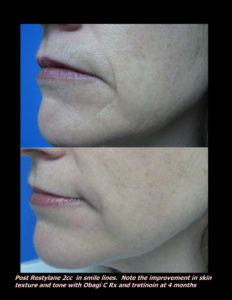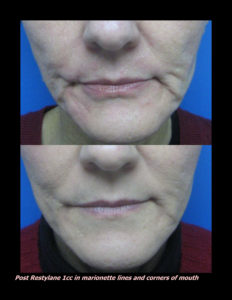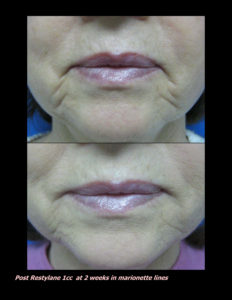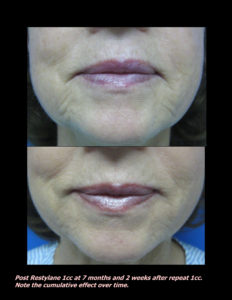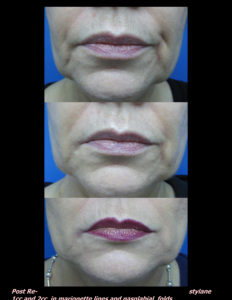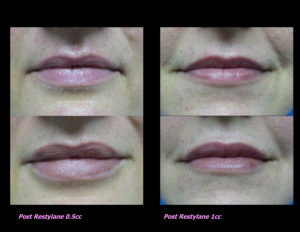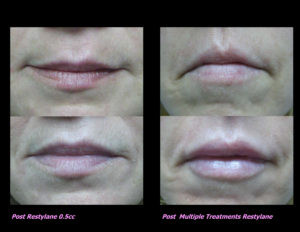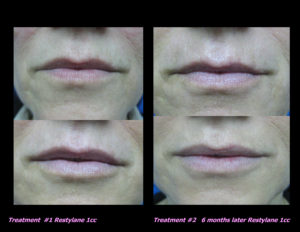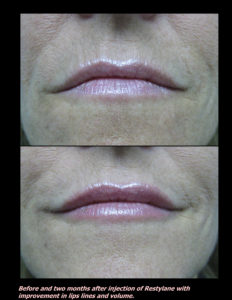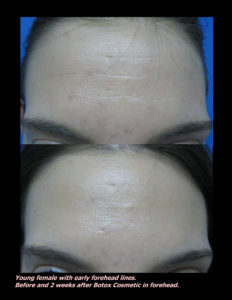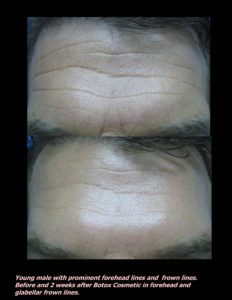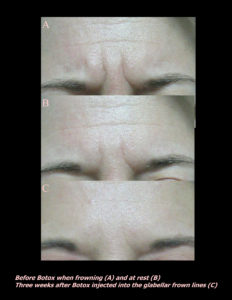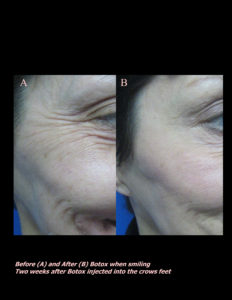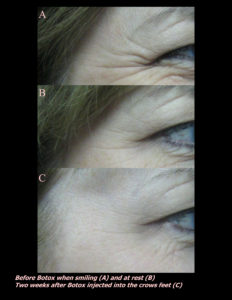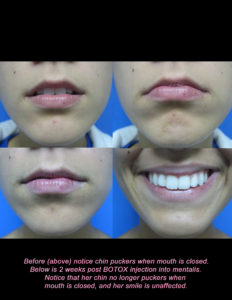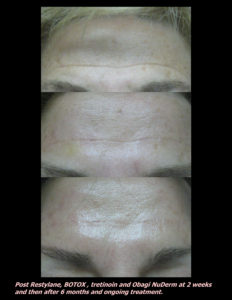One of the issues that often comes up in the office is moisturizing. There is a lot of misunderstanding surrounding who should use one, what to use, and how often. I’m here to answer some of these basic questions.
Why do we moisturize? Generally patients need to moisturize when their skin is dry. Did you know the fancy name for dry skin is Xerosis? Some moisturizers simply add moisturizers to your skin, other contain active ingredients to help with skin conditions.
Does everyone need to moisturize? Not really. Moisturizing is generally a female thing. Not to be sexist, but most men produce more natural oils and have less need for moisturizers especially in their younger years. If you’re not dry, you don’t really need to moisturize.
What do different ingredients in moisturizer do?
Ceramides – First introduced in Cerave products, ceramides are a key ingredient in the best moisturizers. Ceramides are a type of fat or lipid that makes up over 50% of the outer layer of the skin and skin barrier. Some patients particularly those with eczema are deficient in ceramides. Use of a moisturizer with ceramides can help restore ceramides in our skin barrier.
The next major group of ingredients are protectants including Dimethicone and Petrolatum.
Dimethicone is a form of silicone that forms a barrier on the skin that helps minimizes water loss. More effective products list Dimethicone as an active ingredient often Dimethicone 1%. Dimethicone gives the skin a silky smooth feel and slip. Creams with a significant amount of dimethicone will often allow water to “bead” on the skin demonstrating its ability to lock in moisture and keep irritants out. Examples of commonly available hand creams with a significant amount of dimethicone are Gloves in a Bottle and Cetaphil Cracked Skin Repair Balm and Cerave Therapeutic Hand Cream.
Petrolatum is the main ingredient in Vaseline and many other creams and ointments, petrolatum has the ability to penetrate all of the uppermost layers of the skin to fill in the spaces between skin cells. It provides a barrier, although a sticky one at times, that locks in moisture. The downside of petrolatum based products is that they feel sticky and are comedogenic.
The next major group of moisturizing ingredients are humectants, meaning they draw water to themselves in a sponge like fashion and hold it in the skin. Natural Moisturizing Factor (NMF) is a general term for the group of naturally occurring humectants in the skin. These include Amino Acids, Lactic Acid, Pyrrolidone Carboxylic Acid (PCA), Hyaluronic Acid (HA), and urea.
Hyaluronic acid is a sugar that is naturally produced by the body. It is a naturally occurring in the skin, joints and eyes providing a “jelly” in the dermis in which everything else floats around. When applied topically, hyaluronic acid draws water to itself giving the epidermis a plump, smooth appearance. However, hyaluronic acid applied topically rarely penetrates to the dermis for a longer lasting effect. One its other benefits is that it is non-comedogenic.
Urea is a humectant meaning it draws water to itself and keratolytic, breaking down the dead dry skin cells that often adhere instead of being shed in a normal manner. For those who are looking for “natural ingredients”, urea circulates in our bloodstream as Blood Urea Nitrogen (BUN), so it is very safe.
Glycerin is a water-soluble emollient that provides a long-lasting moisturizing effect, attracting water to the skin and improving moisture retention. It stimulates the skin cells to promote younger and healthier-looking skin.
The final group of ingredients are vitamins. A number of vitamins are recommended in anti-aging ingredients; however, when evaluating solely for their moisturizing effects, Niacinamide Vitamin B3 and Panthenol, or pro-vitamin B5 both improve moisture retention.
When should we moisturize? Most moisturizers are best absorbed when the skin is warm and wet. So, immediately after showering or bathing is the best time to apply moisturizers.
Where should we moisturize?
Face – Facial moisturizers replenish moisture that has been removed by overly scrubbing the skin or when skin is dry from topical medications. If your skin is oily, and not dry at all, no need to moisturize. For those with acne-prone skin, moisturizers with salicylic acid may help with acne. Make sure all moisturizers used in acne-prone areas say “non-comedogenic or doesn’t clog pores”. Many facial moisturizers also contain sunscreen, look for one with zinc or titanium for long lasting protection throughout the day.
Hands- Hands are often irritated and dry from over washing, irritants used in everyday life and from harsh temperatures. For the hands, dimethicone is the ingredient that is most helpful in both moisturizing and protecting the skin.
Feet and Legs – Feet and lower legs are most commonly plagued with accumulation of dead skin on the skin’s surface. For these areas, urea is the ingredient that is most helpful at both moisturizing and causing the dead skin to break down and slough.
Body- For the rest of the body, take it at an as needed basis. Moisturization is most necessary for those with conditions like eczema. Ceramides often provide the needed ingredients to nourish the skin.
How often should we moisturize? There is no hard rule on this one. As much as needed to keep your skin feeling good!
Now that you understand the ingredients and the WHO, WHAT, WHEN and WHERE of moisturizing, you can be an expert on choosing a moisturizer to best target your needs. If you ask most dermatologists, Cetaphil and Cerave products are always good, affordable options that contain many, if not all, of the above ingredients. Happy moisturizing!
If you know someone who may find this article helpful, please share it with them! Follow us on social media this week, and subscribe to our growing YouTube channel! If you would like to receive these posts in your email inbox, Subscribe to our Site.






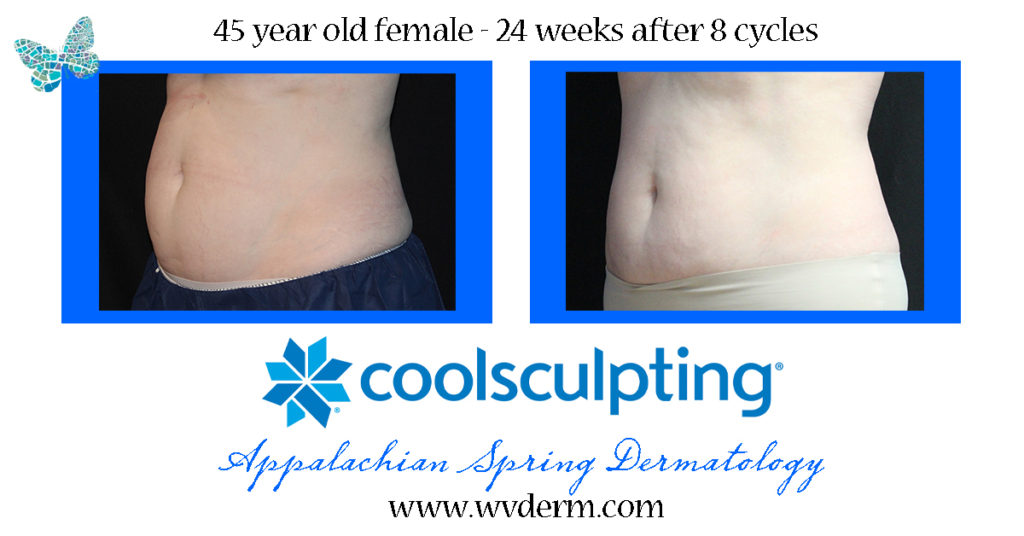
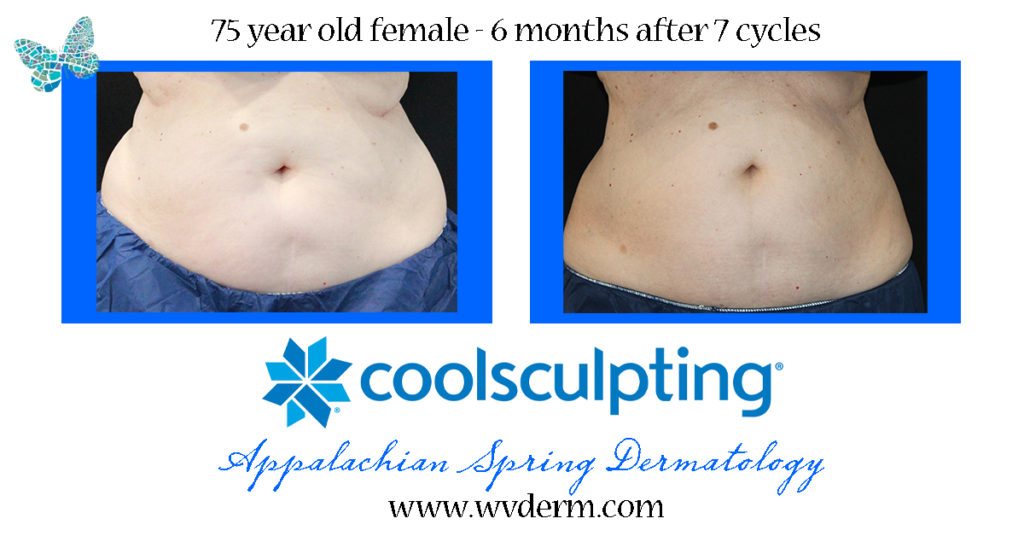

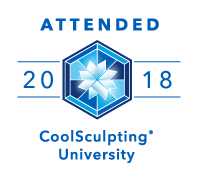
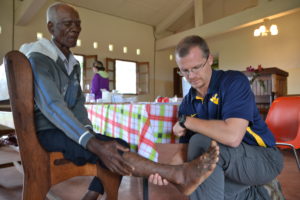


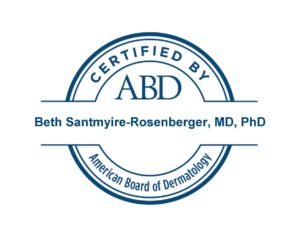

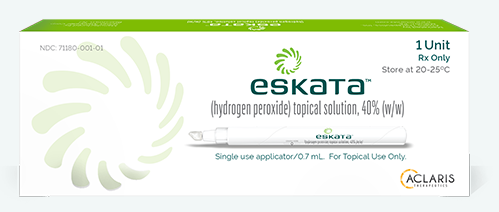

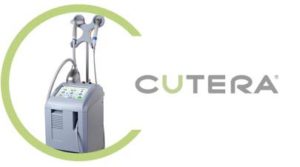 Laser Vein Reduction Treatments
Laser Vein Reduction Treatments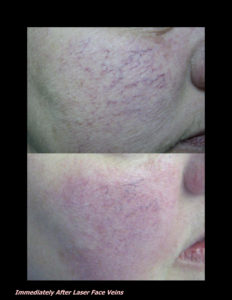
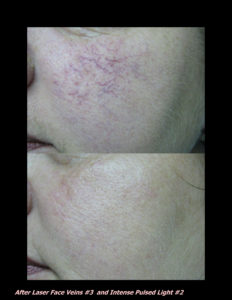
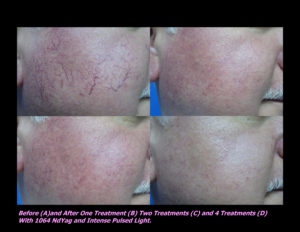
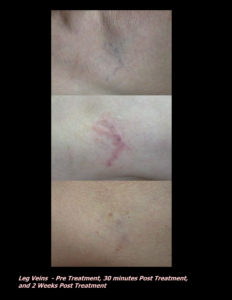
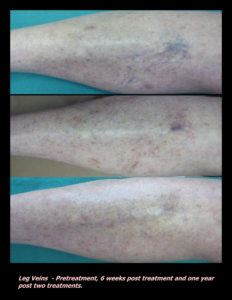
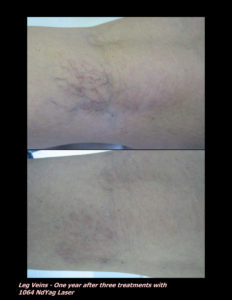
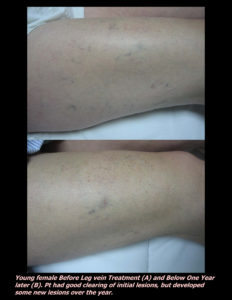
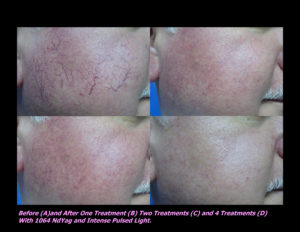
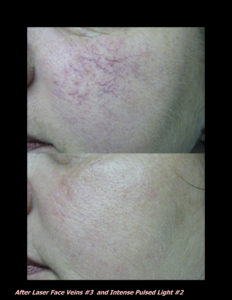

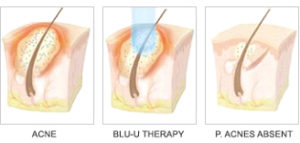

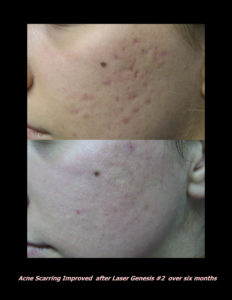
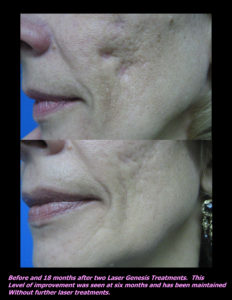


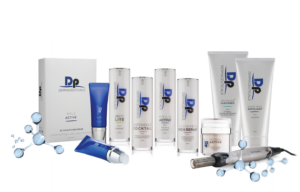 DP Dermaceutical Products
DP Dermaceutical Products